Eczema hot water. Eczema and Hot Water: Expert Bathing Tips for Soothing Relief
How can hot water affect eczema symptoms. What are the best bathing practices for people with eczema. Which special baths can provide relief for eczema symptoms. How to properly moisturize after bathing with eczema.
Understanding Eczema and Its Relationship with Water
Eczema, a chronic inflammatory skin condition, presents unique challenges when it comes to bathing and showering. The interaction between water and eczema-prone skin can significantly impact symptom management and overall skin health. But how exactly does water temperature affect eczema symptoms?
Hot water, while often perceived as soothing, can actually exacerbate eczema symptoms. It strips the skin of its natural oils, leading to increased dryness, itching, and inflammation. On the other hand, lukewarm water can be beneficial, helping to hydrate the skin and maintain its protective barrier.
The Impact of Water Temperature on Eczema
When it comes to eczema and bathing, temperature matters. Hot water can:
- Trigger inflammation
- Increase itching
- Strip away natural skin oils
- Disrupt the skin’s protective barrier
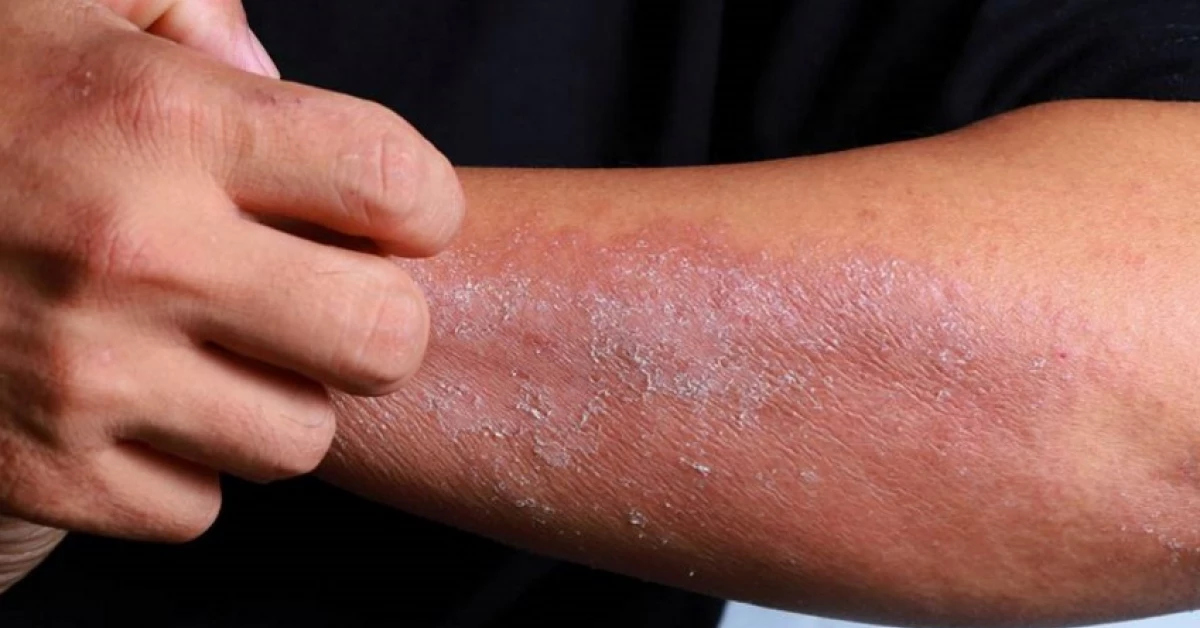
Conversely, lukewarm water can:
- Help hydrate the skin
- Soothe irritation
- Maintain skin barrier function
- Prepare the skin for moisturization
Optimal Bathing Practices for Eczema Management
Developing a proper bathing routine is crucial for those with eczema. But what constitutes the ideal bathing practice for eczema-prone skin? The National Eczema Association (NEA) provides comprehensive guidelines to help individuals manage their symptoms effectively.
Key Bathing Tips for Eczema Relief
To optimize your bathing routine and minimize eczema flare-ups, consider the following expert-recommended practices:
- Limit bathing or showering to once daily
- Use lukewarm water, avoiding hot temperatures
- Keep bathing time between 5-15 minutes
- Choose mild, fragrance-free cleansers designed for sensitive skin
- Avoid using washcloths or loofahs, which can irritate the skin
- Gently pat the skin dry with a soft towel
- Apply prescribed topical medications immediately after bathing
- Follow up with a hypoallergenic moisturizer within 3 minutes of bathing
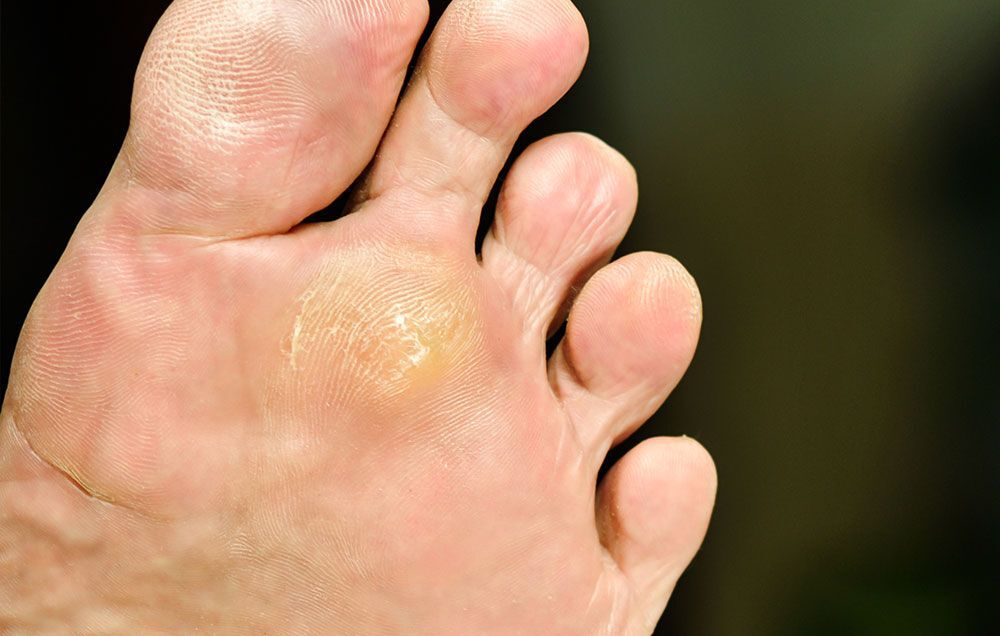
Exploring Special Baths for Eczema Relief
Beyond standard bathing practices, several specialized bath treatments can offer additional relief for eczema symptoms. These therapeutic baths incorporate specific ingredients known for their skin-soothing properties. But which special baths are most effective for managing eczema?
Bleach Baths: A Controversial Yet Potentially Effective Treatment
Bleach baths have gained attention as a potential eczema treatment. A 2022 study reported that some individuals experienced up to a 50% reduction in eczema symptom severity after using bleach baths. However, it’s important to note that results can vary, and this approach may not be suitable for everyone.
When considering a bleach bath, keep these guidelines in mind:
- Use regular strength bleach (approximately 6% concentration)
- Carefully measure and dilute the bleach before use
- Limit soaking time to 5-10 minutes
- Don’t exceed two bleach baths per week
- Always moisturize thoroughly after the bath

Colloidal Oatmeal Baths: Nature’s Skin Soother
Colloidal oatmeal has long been recognized for its skin-calming properties. This finely ground oatmeal can be added to bathwater or applied directly to the skin as a paste. But what makes colloidal oatmeal so effective for eczema relief?
The benefits of colloidal oatmeal for eczema include:
- Reducing skin irritation and inflammation
- Promoting healing of minor skin abrasions
- Alleviating dryness and itching
- Providing anti-inflammatory effects that may help with associated conditions like asthma or allergies
Baking Soda Baths: A Simple Home Remedy
Baking soda, a common household item, can also provide relief for itchy, eczema-prone skin. The NEA suggests adding a quarter cup of baking soda to bathwater or creating a paste for direct application to the skin. This simple remedy can help soothe itching and reduce inflammation associated with eczema flare-ups.
The Role of Moisturization in Eczema Care
Proper moisturization is a critical component of eczema management, particularly after bathing. But why is post-bath moisturization so crucial, and how should it be done?
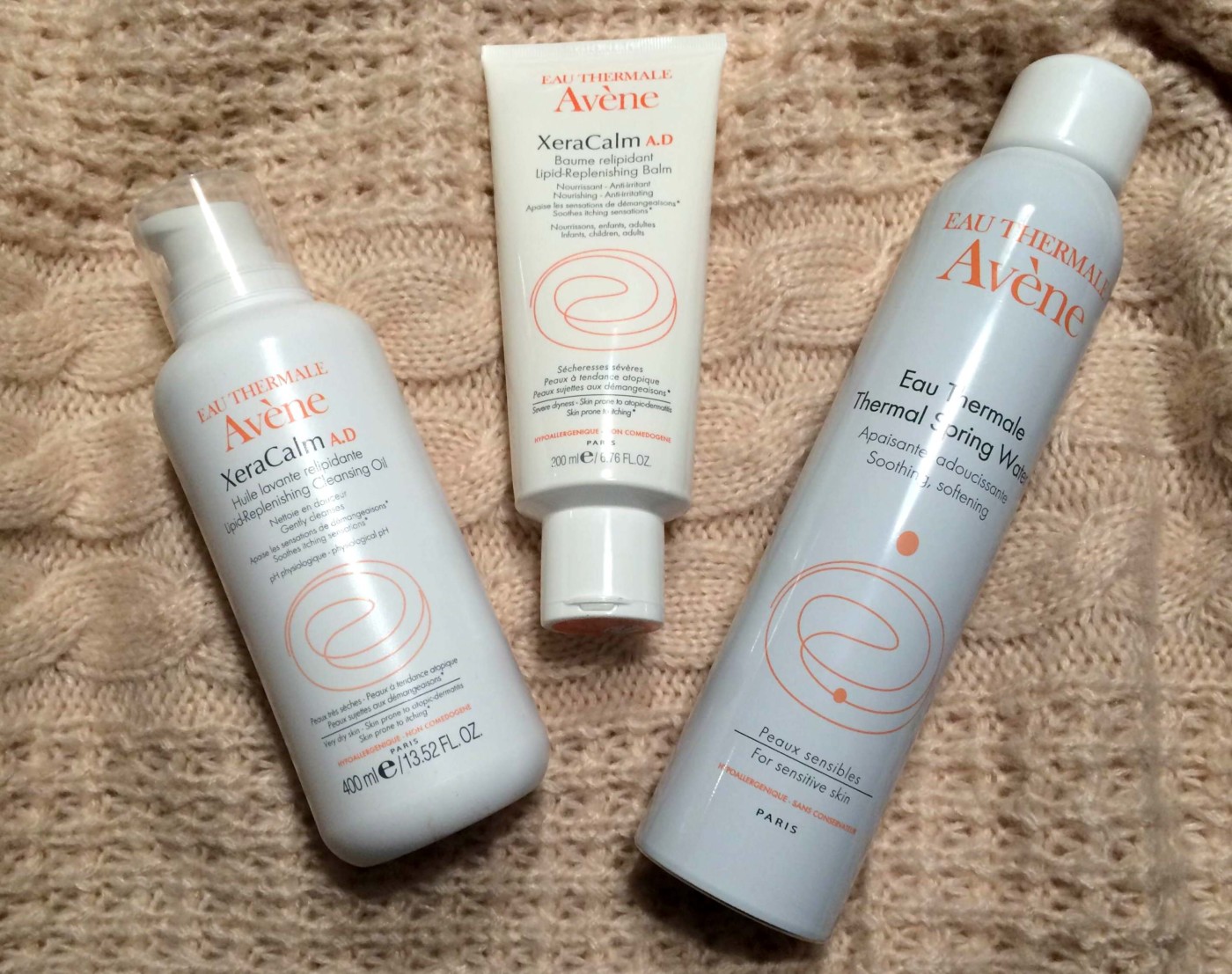
Moisturizing after bathing helps to:
- Lock in hydration from the bath or shower
- Restore the skin’s protective barrier
- Reduce dryness and itching
- Prevent further moisture loss
The 3-Minute Rule: Maximizing Moisturization
To maximize the benefits of moisturization, it’s crucial to apply your moisturizer within 3 minutes of patting your skin dry. This window of opportunity allows the moisturizer to trap the water that’s still present on your skin, enhancing hydration and helping to reinforce the skin barrier.
When selecting a moisturizer for eczema-prone skin, opt for:
- Hypoallergenic formulas
- Fragrance-free products
- Emollient-rich creams or ointments
- Products specifically designed for sensitive or eczema-prone skin
Understanding Eczema Triggers Beyond Bathing
While proper bathing practices are essential for managing eczema, it’s equally important to recognize and address other potential triggers. Eczema is a complex condition influenced by various environmental and lifestyle factors. But what are some common eczema triggers beyond bathing?

Common Eczema Triggers to Be Aware Of
Understanding your personal eczema triggers can help you better manage your symptoms. Some common triggers include:
- Harsh soaps and detergents
- Certain fabrics, especially synthetic materials
- Stress and anxiety
- Excessive sweating
- Allergens like dust mites, pet dander, or pollen
- Extreme temperatures or rapid temperature changes
- Certain foods (varies by individual)
- Hormonal changes
By identifying and minimizing exposure to these triggers, you can complement your bathing routine and potentially reduce the frequency and severity of eczema flare-ups.
Incorporating Essential Oils in Eczema Care
Essential oils have gained popularity in skincare, including for eczema management. But can essential oils truly benefit eczema-prone skin, and how should they be used?
When considering essential oils for eczema care, it’s important to:
- Choose gentle, skin-friendly oils
- Avoid fragranced or foaming products
- Dilute essential oils properly before use
- Perform a patch test before full application
- Be cautious of potential allergic reactions

Beneficial Essential Oils for Eczema
While research is ongoing, some essential oils have shown promise in soothing eczema symptoms. These include:
- Chamomile oil: Known for its anti-inflammatory properties
- Tea tree oil: Offers antibacterial benefits
- Lavender oil: May help reduce itching and promote relaxation
- Eucalyptus oil: Can provide cooling relief for itchy skin
Remember, essential oils should always be diluted in a carrier oil or added to bathwater in small amounts to prevent skin irritation. It’s also advisable to consult with a dermatologist or healthcare provider before incorporating essential oils into your eczema care routine.
Developing a Comprehensive Eczema Management Plan
While proper bathing practices are crucial, managing eczema effectively requires a holistic approach. How can individuals with eczema develop a comprehensive management plan that addresses all aspects of their condition?
Key Components of an Effective Eczema Management Plan
A well-rounded eczema management plan should include:
- Appropriate bathing and moisturizing routines
- Identification and avoidance of personal triggers
- Use of prescribed medications as directed
- Regular consultations with a dermatologist
- Stress management techniques
- Dietary considerations if food triggers are identified
- Selection of appropriate clothing and fabrics
- Environmental modifications to reduce allergen exposure

By addressing these various aspects, individuals with eczema can create a personalized strategy that helps minimize flare-ups and improves overall skin health and quality of life.
The Importance of Consistency in Eczema Care
Consistency is key when it comes to managing eczema. Establishing and maintaining a regular skincare routine, including proper bathing practices and consistent moisturization, can significantly impact the frequency and severity of eczema flare-ups. It’s important to stick with your management plan even when symptoms improve, as this can help prevent future flare-ups and maintain skin health.
Remember, eczema management is an ongoing process. What works best may vary from person to person, and it may take some time to find the most effective combination of treatments and practices for your individual needs. Don’t hesitate to work closely with your healthcare provider to refine your management plan over time.
Bathing tips and special baths
Eczema is a chronic skin condition that causes itchy, dry, and inflamed skin. A person may worsen eczema symptoms by bathing or showering using too hot water.
Eczema is an inflammatory skin condition that causes dry, itchy, and scaly patches. Regularly washing the skin is necessary to hydrate it and keep it clean.
The products a person chooses, the temperature of the water, and the steps they follow can make a big difference in how eczema reacts to bathing and showering.
This article provides tips for bathing and showering with eczema, types of special baths that may be beneficial, and an outline of other eczema triggers.
Bathing or showering for too long in hot water can cause the skin to dry out, worsening eczema symptoms, such as itching.
The National Eczema Association (NEA) recommends bathing or showering in lukewarm water rather than hot water, which may damage fragile skin.
Bathing and showering in lukewarm water can help hydrate the skin. However, people must also apply moisturizer within 3 minutes of patting the skin dry with a towel.
However, people must also apply moisturizer within 3 minutes of patting the skin dry with a towel.
According to the NEA, bathing and showering are equally effective at hydrating the skin, which helps keep the skin barrier healthy and flexible.
Showering ensures that a person’s skin does not have prolonged contact with irritants that may be in bath water.
Everyone’s eczema reacts differently to different stimuli, so some people with the condition may prefer baths while others prefer showers.
It is important to know how to bathe and shower with eczema in mind. A person with the condition should follow the below washing practices.
- Take only one bath or shower a day.
- Bathe or shower in lukewarm water for 5–15 minutes.
- Use a mild cleanser suitable for sensitive skin. Do not use soap, as this can dry out the skin.
- Wash the skin gently using the hands rather than a washcloth, which could damage delicate skin.
- Rinse off cleansers, shampoo, and other products before getting out of the bath or shower.

- Pat the skin with a towel so it is almost dry. Avoid rubbing it with a towel.
- Apply prescription topical medication to patches of eczema.
- Within 3 minutes, apply a hypoallergenic moisturizer or emollient cream to prevent dryness.
- Wait a few minutes before dressing so the moisturizer can penetrate the skin.
There are several ways to treat eczema at home. People can also treat the condition with special baths that may help alleviate symptoms.
Bleach bath
Some people with eczema find relief by taking bleach baths, which contain a mixture of water and bleach to help cleanse the skin.
A 2022 study found that people using bleach baths could see an improvement of up to 50% in the severity of their eczema symptoms. However, the study notes that this may not work for everyone.
Here are some important tips for using a bleach bath:
- Strength: People should always use regular strength bleach of around 6% rather than concentrated formulas.

- Measuring: Measuring out the correct amount of bleach is essential. Too much may cause harm, and too little may not have any effect. A person should make sure that they properly dilute the bleach before stepping into the bath.
- Duration: Most dermatologists recommend soaking for 5–10 minutes, but people should speak with a doctor for specific guidance.
- Frequency: The American Academy of Allergy, Asthma, and Immunology (AAAAI) recommends limiting diluted bleach baths to no more than twice a week.
- Moisturization: People should pat their skin dry after the bath and apply their usual emollient products to lock in moisture.
Learn more about bleach baths for eczema.
Oatmeal bath
Another common treatment for itching from eczema is to add colloidal oatmeal to bathwater or to apply it directly to the skin as a paste.
Colloidal oatmeal is a type of oatmeal that manufacturers have ground into a fine powder. People can use it as an ingredient in food, bath products, and cosmetics.
People can use it as an ingredient in food, bath products, and cosmetics.
There are many benefits to using colloidal oatmeal for baths. It can relieve skin irritation and inflammation, help heal cuts and burns, soothe dry or itchy skin, and relieve itching due to eczema or psoriasis. Colloidal oatmeal baths also contain anti-inflammatory properties, which may help reduce symptoms of asthma or seasonal allergies.
Learn more about oatmeal baths for eczema.
Baking soda bath
Baking soda is a common ingredient in many homes and has many uses, including relieving itching.
To relieve itchy skin, the NEA recommends adding a one-quarter cup of baking soda to a bath or applying it to the skin directly in the form of a paste.
Learn more about baking soda baths.
Essential oil bath
People can add gentle oils to bath water to help keep the skin hydrated. They should choose products that do not contain fragrances or foaming agents that may irritate the skin. It is also important to note that oil-based bath products can cause the bath to become slippery, so people should take extra care when using them.
It is also important to note that oil-based bath products can cause the bath to become slippery, so people should take extra care when using them.
Although research suggests that essential oils may have some health benefits, it is important to remember that the Food and Drug Administration (FDA) does not monitor or regulate the purity or quality of these. A person should talk with a healthcare professional before using essential oils, and they should be sure to research the quality of a brand’s products. A person should always do a patch test before trying a new essential oil.
Learn more about using essential oils for eczema.
Some of the things that can worsen eczema include:
- stress and anxiety
- gastrointestinal problems such as irritable bowel syndrome or Crohn’s disease
- food allergies or sensitivities
- hormonal changes during pregnancy or menopause
- irritants
- extremes of temperature
- sweating
Learn more about eczema triggers.
Eczema is common in people with allergies, asthma, or hay fever, which doctors call atopic diseases. People can discuss all their symptoms with a doctor to determine likely triggers.
People with eczema should consult a healthcare professional if the rash:
- contracts an infection
- persists even after using over-the-counter medicatons
- is accompanied by other symptoms such as fever, difficulty breathing, or joint pain
Stress, depression, and other mental health issues can trigger eczema. Conversely, living with the condition can cause stress. A person can talk with a doctor if they are experiencing mental health challenges.
Learn about the link between eczema and depression.
Eczema causes dry, sore, and irritated skin, but it is not contagious or life threatening.
The outlook for people with eczema depends on the severity of the symptoms and whether they can identify their triggers.
Some people manage their symptoms with minimal medical support, while others may need to take medications or use prescription creams to help manage their symptoms.
Bathing or showering in water that is too hot can damage the skin barrier and exacerbate eczema symptoms. It can also lead to increased dryness and itching.
People with eczema can bathe or shower once per day with lukewarm water. Experts recommend using mild, soap-free cleansers suitable for sensitive skin.
People’s eczema may respond differently to being bathed or showered, so individuals should choose an option that causes the least skin irritation. Showering allows people to avoid prolonged contact with irritants that may worsen symptoms.
It is important that people use a moisturizer or emollient within 3 minutes of bathing or showering to prevent the skin from drying out.
Does Hot Water Make It Worse?
Keeping your skin clean and well moisturized is one of the top self-care tips for managing eczema. However, that doesn’t mean it’s a good idea to soak for hours in a hot bath.
Hot water might feel good on irritated skin and temporarily stop itching, but it will dry out your skin and lead to eczema flare-ups. Showering or bathing in lukewarm water instead can soothe skin and reduce eczema symptoms.
Showering or bathing in lukewarm water instead can soothe skin and reduce eczema symptoms.
Read on for more information about how hot water may affect your eczema.
A hot shower can help relieve stress and aching muscles, but it’s not the best choice for people with eczema. Hot water can strip your skin of the natural oils it needs to stay healthy. This can make your skin dry and lead to worse itching and irritation. Additionally, hot water can increase inflammation in your skin. It’s recommended to keep your shower or bath temperatures below 86°F (30°C).
Hot water can provide immediate itch relief. Many people with eczema report that very hot water feels good on their skin and takes away the itching and inflammation. This happens because hot water can stimulate the nerves on your skin in a way that’s similar to scratching.
However, while hot water can provide instant relief of symptoms, it will likely make them worse in the long term. Instead of using hot water, you can apply moisturizer or a topical eczema cream.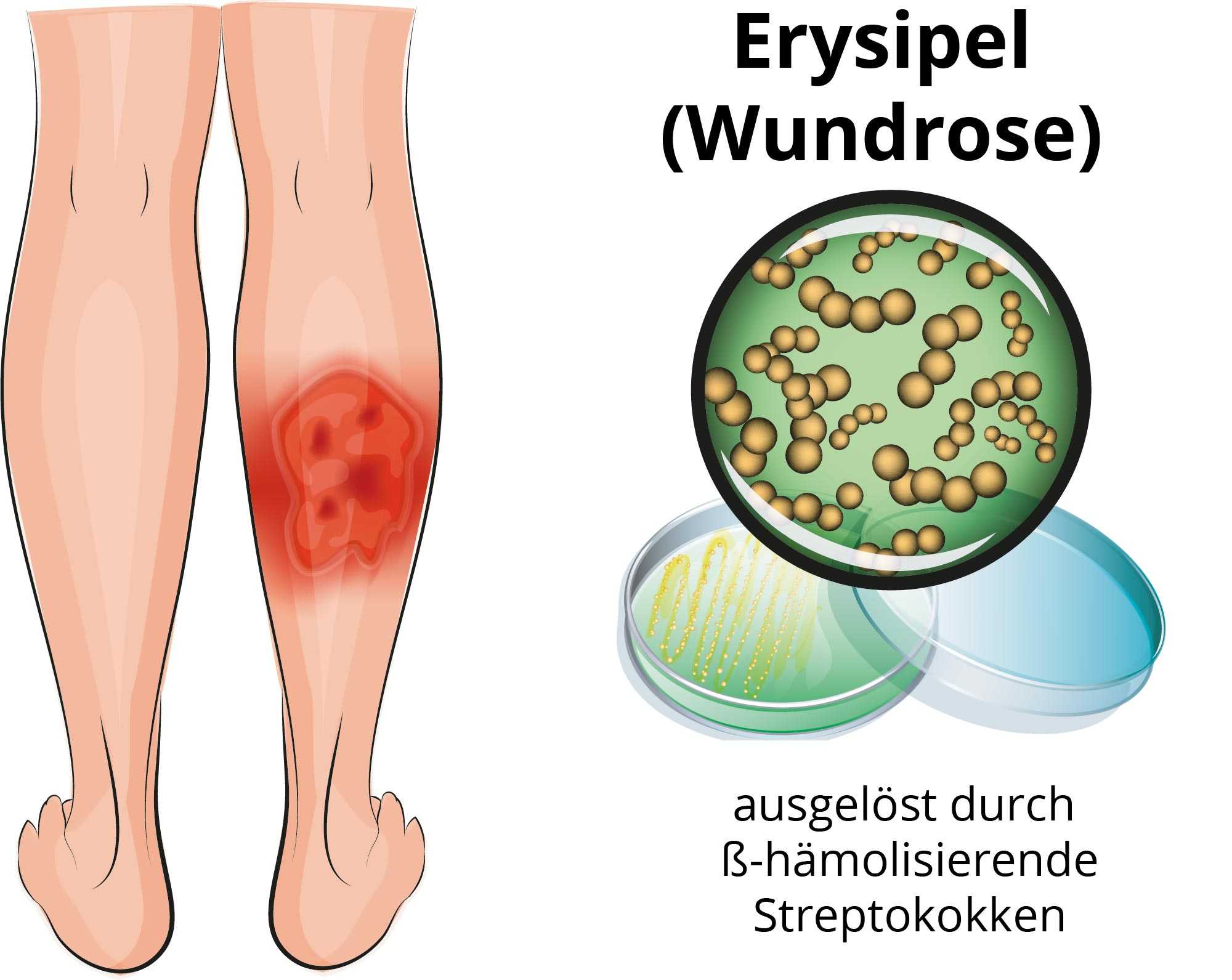 This can stop your itch without causing a worse flare-up later.
This can stop your itch without causing a worse flare-up later.
It’s important to take a bath or shower at least once a day when you have eczema. A dermatologist can let you know if you need to bathe more or less often for any reason. Keeping your skin clean is important in managing all types of eczema including common types such as atopic dermatitis, contact dermatitis, and rare forms of eczema such as nummular eczema or chronic hand eczema.
Following some eczema-friendly bathing tips can help you or your child with eczema get symptom relief to manage the condition:
- Only use lukewarm water. Very hot water can dry out skin and make eczema worse.
- Avoid bubble baths and bath oils. Products such as bubble baths and bath oils often have ingredients that lead to skin irritation and eczema flare-ups.
- Avoid scrubbing or using soap on eczema. It’s a good idea to avoid directly washing the skin vigorously or with soap if there’s an active eczema rash.

- Gently wash eczema-free skin. Hard scrubbing or rubbing the skin may trigger an eczema flare-up.
- Limit baths to 20 minutes or less. Bathing for longer than 20 minutes can dry out the skin. For some children, 20 minutes is too long. In this case, your child’s dermatologist might recommend limiting baths to 5 or 10 minutes.
- Apply moisture right away. It’s best to apply a fragrance-free moisturizing lotion to your child’s skin as soon as they get out of the bath. Use a towel to dry their skin and then apply lotion.
- Try adding bleach to bathwater. The American Academy of Allergy, Asthma & Immunology recommends adding 1/2 cup bleach to a full bathtub or 1/4 cup bleach to a half-filled bathtub to soothe eczema and prevent infections. For babies and toddlers, a teaspoon of bleach can be added to a baby bath.
- Consider other bath additives. Bubble baths and bath oils aren’t a good idea for children with eczema, but adding oatmeal, baking soda, salt, or vinegar to a bath can help soothe skin.
 Always check with your child’s dermatologist before trying these bath additions.
Always check with your child’s dermatologist before trying these bath additions.
Eczema is an autoimmune skin condition that causes red or discolored and itchy patches to appear on your skin. The condition is chronic. Most people with eczema go through periods of clear skin and periods of having eczema rashes. A period of having eczema rashes is called an eczema flare-up.
Eczema is most often diagnosed in children. Some children grow out of eczema symptoms as they age. However, eczema is lifelong in many cases and some people are adults when they are first diagnosed. Symptoms of eczema include:
- itchy red or discolored patches on the skin
- dry skin
- thick skin
- skin that is warm to the touch
- infection
- a rash that resembles goosebumps
- puss filled areas of skin
- inflammation of hair follicles
Eczema is sometimes confused with other skin conditions. For instance, psoriasis is also a chronic skin condition that can resemble eczema. Just like eczema, it causes rashes and itches on your skin. However, psoriasis patches tend to be white and scaly while eczema patches tend to look red and inflamed. Infections such as mycosis can also lead to rashes that resemble eczema in some people, but they aren’t chronic.
Just like eczema, it causes rashes and itches on your skin. However, psoriasis patches tend to be white and scaly while eczema patches tend to look red and inflamed. Infections such as mycosis can also lead to rashes that resemble eczema in some people, but they aren’t chronic.
The best way to determine if your skin rash is caused by eczema is to make an appointment with a dermatologist. They can examine your rashes and discuss your symptoms with you. They can also run tests such as skin cultures if they need more information to make a diagnosis.
How to find a doctor if you think you have eczema
The first step to treating your eczema is contacting a dermatologist. A dermatologist is a skin expert who can make a diagnosis and help you manage your condition. There are a few ways you can find a dermatologist near you:
- Ask your primary care doctor or pediatrician. The doctor you and your child already see can recommend dermatologists.
- Call your insurance company.
 Your insurance company will be able to let you know which dermatologists in your area work with your insurance plan. Many insurance companies will also let you search for local healthcare professionals on their websites.
Your insurance company will be able to let you know which dermatologists in your area work with your insurance plan. Many insurance companies will also let you search for local healthcare professionals on their websites. - Ask at your child’s school. Eczema is a common condition in children. A nurse or social worker at your child’s school might be able to recommend a dermatologist.
- Check online. You can use a resource such as the American Academy of Dermatology Association’s directory to find dermatologists in your city.
Was this helpful?
Hot water can dry out your skin, leading to irritation and itching. It can also trigger an eczema flare-up. It’s a better idea to use warm water in your shower or bath.
Children with eczema should be bathed carefully without bubble bath or bath oils. It’s best to limit baths to 20 minutes and apply moisturizer right after the bath.
A dermatologist can help you manage your eczema and develop a treatment plan.:max_bytes(150000):strip_icc()/rosacea-psoriasis-or-eczema_final-92e40383d89343f0b645333fe0ece9ed.png)
How does hot water affect eczema? – Drink-Drink
Skip to content
Jun 07, 2023
Try it!
DrinkDrinkAdmin
Contents
- Does hot water make eczema worse?
- Does hot water relieve eczema symptoms in some people?
- Bathing tips if you or your child has eczema
- What is eczema?
- How to find a doctor if you think you have eczema
- Conclusion
Keeping your skin clean and hydrated is one of the top self-care tips when treating eczema. However, this does not mean that you should lie in a hot bath for hours.
Hot water may be pleasant on irritated skin and relieve itching temporarily, but it will dry out the skin and aggravate eczema. Instead, showering or bathing in warm water can soothe the skin and reduce eczema symptoms.
Read on to learn more about how hot water can affect eczema.
Does hot water make eczema worse?
Hot showers can help relieve stress and sore muscles, but are not the best choice for people with eczema. Hot water can strip the skin of the natural oils it needs to stay healthy. This can make your skin dry and lead to more itching and irritation. In addition, hot water can increase skin inflammation. We recommend that you keep your shower or bath temperature below 86°F (30°C).
Hot water can strip the skin of the natural oils it needs to stay healthy. This can make your skin dry and lead to more itching and irritation. In addition, hot water can increase skin inflammation. We recommend that you keep your shower or bath temperature below 86°F (30°C).
Does hot water relieve eczema symptoms in some people?
Hot water can relieve itching immediately. Many people with eczema report that very hot water feels good on their skin and relieves itching and inflammation. This is because hot water can stimulate the nerves in the skin in a similar way to scratching.
However, while hot water may provide immediate relief from symptoms, it is likely to make them worse in the long run. Instead of using hot water, you can apply a moisturizer or topical eczema cream. This can stop your itching without causing it to flare up later.
Bathing tips if you or your child has eczema
If you have eczema, it is important to take a bath or shower at least once a day. A dermatologist can tell you if you need to bathe more or less for any reason. Keeping the skin clean is important in the treatment of all types of eczema, including common types such as atopic dermatitis, contact dermatitis, and rare forms of eczema such as nummular eczema or chronic hand eczema.
A dermatologist can tell you if you need to bathe more or less for any reason. Keeping the skin clean is important in the treatment of all types of eczema, including common types such as atopic dermatitis, contact dermatitis, and rare forms of eczema such as nummular eczema or chronic hand eczema.
Following some helpful bathing tips for eczema can help you or your child with eczema relieve symptoms and manage the condition:
- Use only warm water. Very hot water can dry out the skin and aggravate eczema.
- Avoid bubble baths and bath oils. Products such as bubble baths and bath oils often contain ingredients that cause skin irritation and exacerbate eczema.
- Avoid scrubbing or using soap on eczema. It is recommended to avoid direct vigorous washing of the skin with soap if there is an active eczema rash.
- Gently wash skin without eczema. Hard scrubbing or rubbing of the skin can aggravate eczema.

- Limit your bath time to 20 minutes or less. Bathing for more than 20 minutes can dry out the skin. For some children, 20 minutes is too long. In this case, a pediatric dermatologist may recommend limiting bath time to 5-10 minutes.
- Apply moisture immediately. It is best to apply an unscented moisturizing lotion to your baby’s skin as soon as he gets out of the bath. Use a towel to dry their skin and then apply lotion.
- Try adding bleach to your bath water. The American Academy of Allergy, Asthma, and Immunology recommends adding 1/2 cup of bleach to a full bath or 1/4 cup of bleach to a half-full bath to soothe eczema and prevent infections. For babies and toddlers, a teaspoon of bleach can be added to the baby bath.
- Consider other bath additives. Bath bubble baths and bath oils are not a good idea for children with eczema, but adding oatmeal, baking soda, salt, or vinegar to the bath can help soothe the skin.
 Always check with your child’s dermatologist before trying these bath supplements.
Always check with your child’s dermatologist before trying these bath supplements.
What is eczema?
Eczema is an autoimmune skin disease that causes red or discolored and itchy patches on the skin. The condition is chronic. Most people with eczema go through periods of clear skin and periods of eczema rashes. The period of appearance of an eczema rash is called an exacerbation of eczema.
Eczema is most often diagnosed in children. Some children outgrow the symptoms of eczema as they get older. However, eczema in many cases remains for life, and some people are already adults when they are first diagnosed. Eczema symptoms include:
- itchy red or discolored patches on the skin
- dry skin
- thick skin
- skin warm to the touch
- infection
- rash resembling goosebumps
- areas of skin filled with pus
- inflammation of hair follicles
Eczema is sometimes confused with other skin conditions. For example, psoriasis is also a chronic skin condition that can resemble eczema. Like eczema, it causes rashes and itching on the skin. However, psoriasis patches tend to be white and scaly, while eczema patches tend to look red and inflamed. Infections such as athlete’s foot can also lead to a rash that resembles eczema in some people but is not chronic.
For example, psoriasis is also a chronic skin condition that can resemble eczema. Like eczema, it causes rashes and itching on the skin. However, psoriasis patches tend to be white and scaly, while eczema patches tend to look red and inflamed. Infections such as athlete’s foot can also lead to a rash that resembles eczema in some people but is not chronic.
The best way to determine if a skin rash is caused by eczema is to make an appointment with a dermatologist. They can examine your rash and discuss your symptoms with you. They may also do tests, such as skin cultures, if they need more information to make a diagnosis.
How to find a doctor if you think you have eczema
The first step in treating eczema is to see a dermatologist. A dermatologist is a skin specialist who can diagnose and help you manage your condition. There are several ways to find a dermatologist near you:
- Ask your doctor or pediatrician. The doctor you and your child are already seeing can recommend dermatologists.

- Call your insurance company. Your insurance company will be able to tell you which dermatologists in your area work with your insurance plan. Many insurance companies also allow you to search for local health professionals on their websites.
- Ask your child’s school. Eczema is a common condition in children. A nurse or social worker at your child’s school may recommend a dermatologist.
- Check online. You can use the American Academy of Dermatology Association Directory to find dermatologists in your area.
Conclusion
Hot water can dry out the skin, causing irritation and itching. It can also aggravate eczema. In the shower or bath, it is better to use warm water.
Children with eczema should be bathed gently, without bath foam or bath oils. It is best to limit bath time to 20 minutes and apply a moisturizer immediately after the bath.
A dermatologist can help you manage your eczema and develop a treatment plan.
Health
Not Allergy or Dermatitis: 5 Signs of Eczema That Only Appears in Winter
- Health
Winter is not the most pleasant time of the year for our skin. Some people are dreading the cold weather: itching, redness, cracks and erosion appear on the face and hands, the skin becomes like sandpaper. Why?
January 16, 20224
- Source:
- iStockphoto
In the cold season, the skin is under increased stress, so at this time, eczema exacerbations occur more often or atopic dermatitis first appears. Particularly affected skin in open areas – the face, hands.
Predisposition to winter eczema is created in the presence of digestive problems, when vitamins, minerals and essential biologically active compounds are less absorbed, as well as in those who have problems with the thyroid gland (the skin is less protected due to hormone deficiency). How can we protect ourselves and why does eczema often “raise its head” in winter?
How can we protect ourselves and why does eczema often “raise its head” in winter?
Why does the skin get sick in winter?
It is quite clear why in the cold season, when it is cold outside, the skin suffers more. The thing is that frozen skin is damaged faster and easier, it dries a lot, and is prone to irritation from the slightest impact. Low temperature leads to spasm of capillaries under the skin that nourish it. This leads to the fact that the metabolic processes in the cold are inhibited, the skin receives less of the compounds it needs.
In frost, the sebaceous glands are not so active, which create a thin hydrolipidic film that protects against environmental aggression, and moisturize the surface, retain moisture in the upper layers of the epidermis.
Due to cold air, including wind and precipitation, the skin becomes dry, it becomes less elastic, cells die faster, the surface peels off.
Read also
Winter eczema is more severe for those whose skin is prone to allergic reactions, very sensitive and thin, as well as children under 10-12 years old, the elderly.
What are the most common manifestations?
It is in winter that eczema can “come out” for the first time , or it is more often exacerbated, intensified and difficult to treat. External manifestations are quite characteristic and bright:
red spots ranging in size from 2-3 mm to a 5-ruble coin or more;
the skin becomes rough, strongly flaky, cracks appear on the surface;
honey-yellow crusts may appear over cracks;
small blisters may appear that itch;
there is a strong tightness, discomfort, periodically the skin “burns”.
Due to burning, itching and tightness, people with eczema constantly scratch their sore spots, which only worsens the situation: the areas of cracks and scratches become inflamed, bacteria get into the wounds, suppuration occurs, the temperature rises, soreness joins.
Do your face and hands suffer?
Most often, redness and blisters occur on the face, and dry, rough skin on the back of the hands. But in addition to them, those areas of the skin that are hidden under a layer of warm clothes also suffer. These are the knees and elbows, the outer surface of the thighs and forearms.
Approximately 15% of people develop skin rashes only and exclusively in winter. And the stronger the frost, the more acute the manifestations on the skin.
Read also
How to take care of hands and face in winter to prevent eczema?
Dryness of the hands and face is a common winter problem, but this season has been exacerbated by the ongoing pandemic, which requires frequent hand washing, use of antiseptics and gloves.
In general, hot water in winter, combined with frequent use of soap, has always been a risk factor, and when we began to wash our hands several times more often, the problem became more urgent.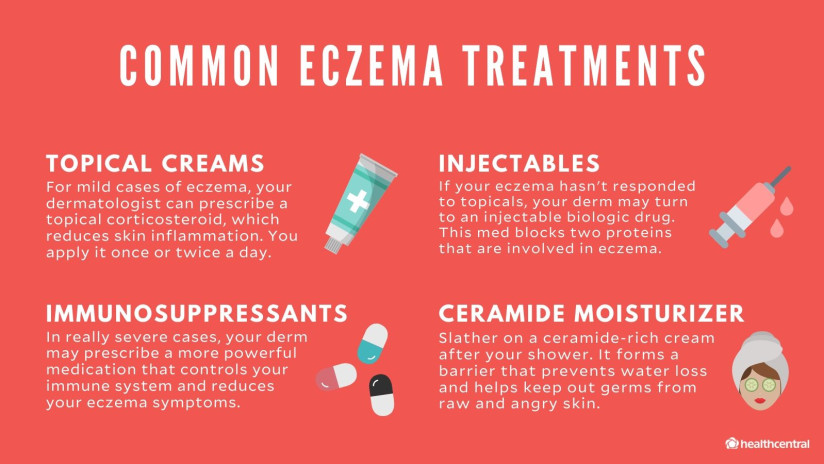 Add here alcohol antiseptics, which dry already problematic skin – that’s eczema. How to keep the softness, smoothness, elasticity and integrity of the skin in such a difficult time?
Add here alcohol antiseptics, which dry already problematic skin – that’s eczema. How to keep the softness, smoothness, elasticity and integrity of the skin in such a difficult time?
Dermatological advice
Limit contact with water as much as possible. Use gentle hand sanitizers with moisturizing ingredients or water-based antimicrobial solutions.
Use emollients regularly! To clarify, emollients are moisturizers with a high content of physiological lipids to restore and protect the skin barrier. They have a complex effect immediately on the factors of dryness and irritation. The pharmaceutical cosmetics market offers a huge selection of lines of moisturizers, you can choose any product that suits you specifically. But you need to choose funds in a pharmacy, and not in household chemical stores.
Several times a week at night in winter, it is recommended to apply emollients in a thicker layer as a “mask”. You can additionally wear cotton gloves on your hands to enhance the moisturizing effect.


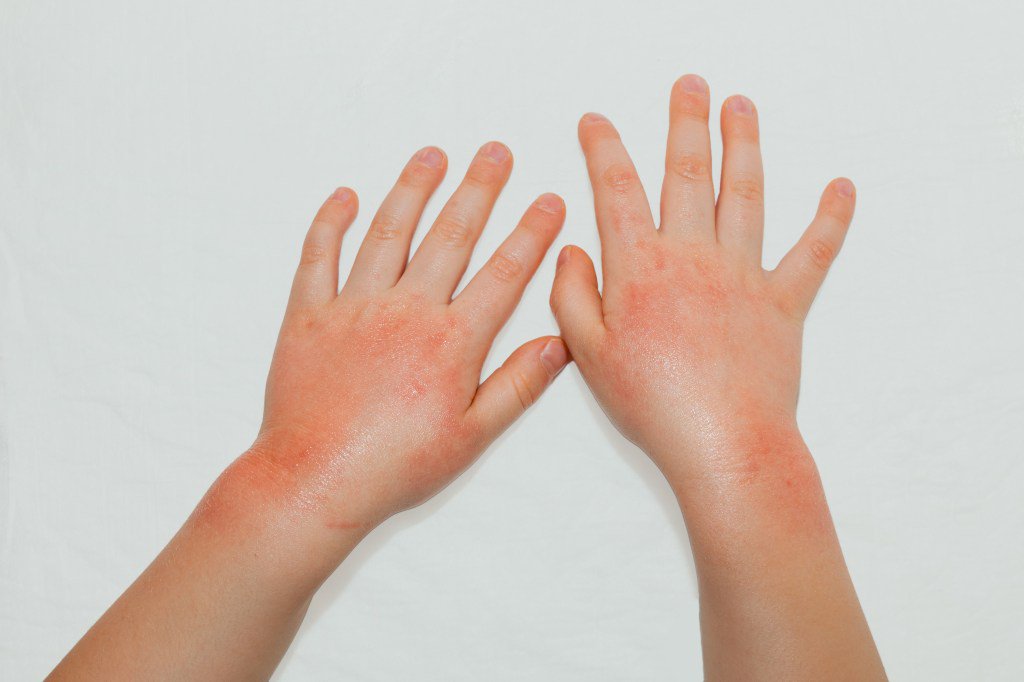

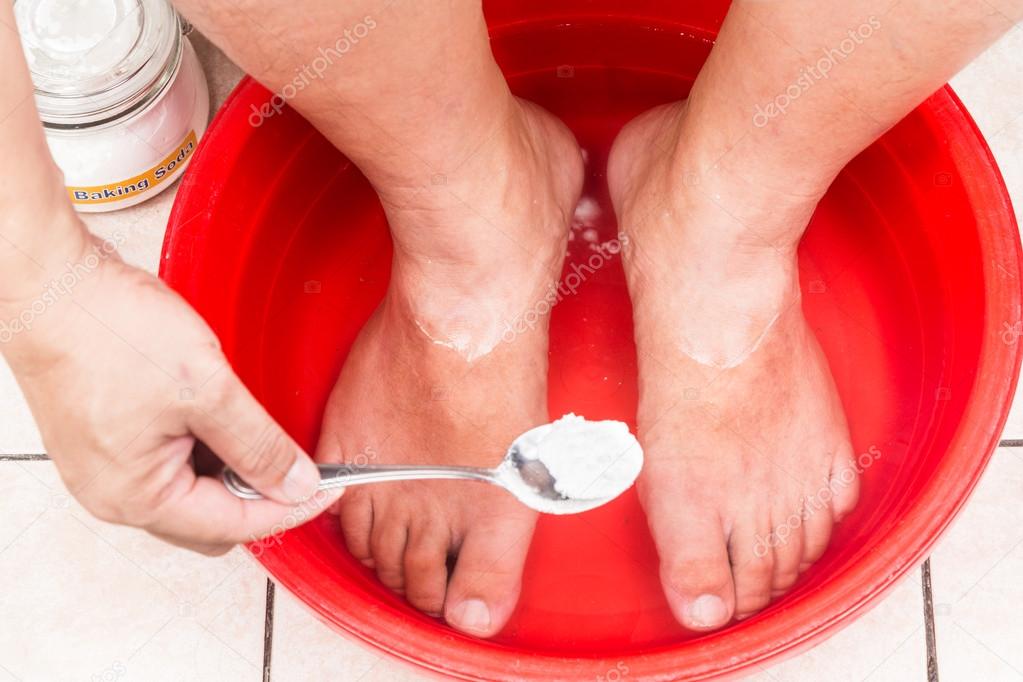
 Always check with your child’s dermatologist before trying these bath additions.
Always check with your child’s dermatologist before trying these bath additions. Your insurance company will be able to let you know which dermatologists in your area work with your insurance plan. Many insurance companies will also let you search for local healthcare professionals on their websites.
Your insurance company will be able to let you know which dermatologists in your area work with your insurance plan. Many insurance companies will also let you search for local healthcare professionals on their websites.
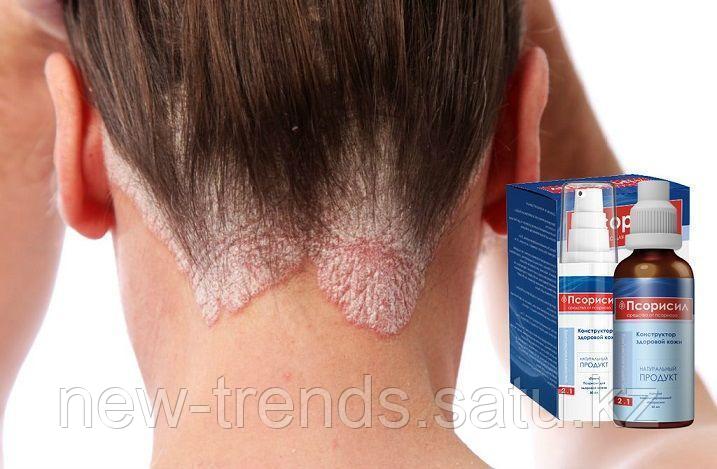 Always check with your child’s dermatologist before trying these bath supplements.
Always check with your child’s dermatologist before trying these bath supplements.
